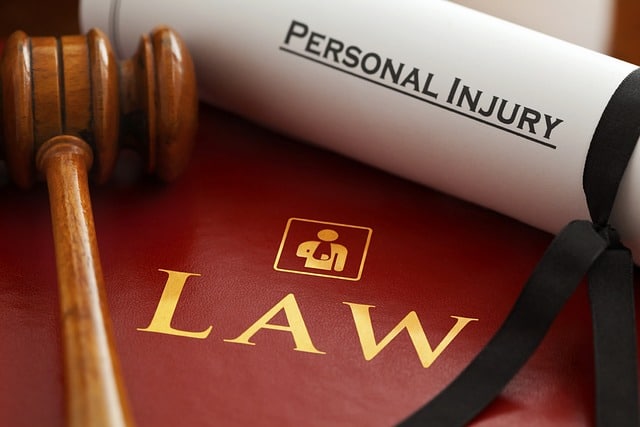Texas Personal Injury Law: A Crash Course
Before 2024 is done, thousands of Texans will suffer severe injuries due to others’ negligence on the roads.
These preventable auto accidents cause physical, mental, and emotional distress—as well as financial devastation.
Dealing with medical costs, lost earnings, and uncooperative insurance companies can add insult to injury. However, with an experienced personal injury attorney, you can focus on recovery while we manage the legal complexity on your behalf.
Here’s the basics of personal injury law for those who may find themselves wondering what to do next.
What Is Personal Injury Law?
Personal injury law addresses disputes when someone’s injury results from another’s negligence or wrongful actions.
Unlike criminal law, where the government prosecutes the offender, here, the injured party (plaintiff) seeks compensation from the accused party (defendant) through civil court. Such claims may stem from various incidents like auto accidents, medical malpractice, and more.
Role of a Texas Personal Injury Lawyer
A personal injury lawyer advocates for those harmed by others’ negligence or wrongful acts. From preserving evidence to handling insurers and conducting pretrial discoveries, our job is to secure fair compensation.
Settlement negotiations follow the investigations, and if unresolved, the case may proceed to trial.
Texas Personal Injury Laws
Governed by the Texas Civil Practice and Remedies Code, personal injury laws revolve around negligence principles. These laws determine the responsibilities and liabilities in injury cases, including the ‘shared fault rule’ which reduces compensation based on the plaintiff’s fault proportion. Texas also enforces a ‘51% bar rule’, disallowing recovery if the plaintiff is mostly at fault.
Statute of Limitations
Texas sets specific time limits for filing personal injury claims, generally two years, but with variations depending on the case specifics. Exceptions apply, such as for minors, where the time frame extends until they reach legal adulthood.
Key Elements of a Valid Personal Injury Lawsuit
Establishing negligence is crucial. This includes proving the defendant’s legal duty, breach of that duty, resultant injury, and the breach as the cause of injury. Texas law distinguishes between general and special duties of care, with varying requirements based on the relationship between the parties.
Damages in Texas Personal Injury Lawsuits
Compensation in Texas can be categorized into economic, non-economic, and in cases of egregious misconduct, punitive damages. Economic damages cover tangible losses like medical expenses and lost wages, while non-economic damages compensate for pain, suffering, and emotional distress. Punitive damages aim to punish severe wrongdoing.
Settlement Considerations
Personal injury settlements in Texas depend on the severity of injuries and are influenced by insurance policy limits. The settlement may include compensation for medical bills, ongoing care, lost wages, and pain and suffering, depending on the case specifics.
Tax Implications
The taxability of personal injury settlements varies. Generally, settlements for physical injuries are not taxable unless previous medical expenses were itemized as deductions. Lost wages are taxable.
Preparing for a Case Review
For a productive initial consultation, bring all relevant evidence, medical records, insurance communications, and a list of questions for your lawyer. This preparation helps our legal team effectively evaluate and pursue your claim.




